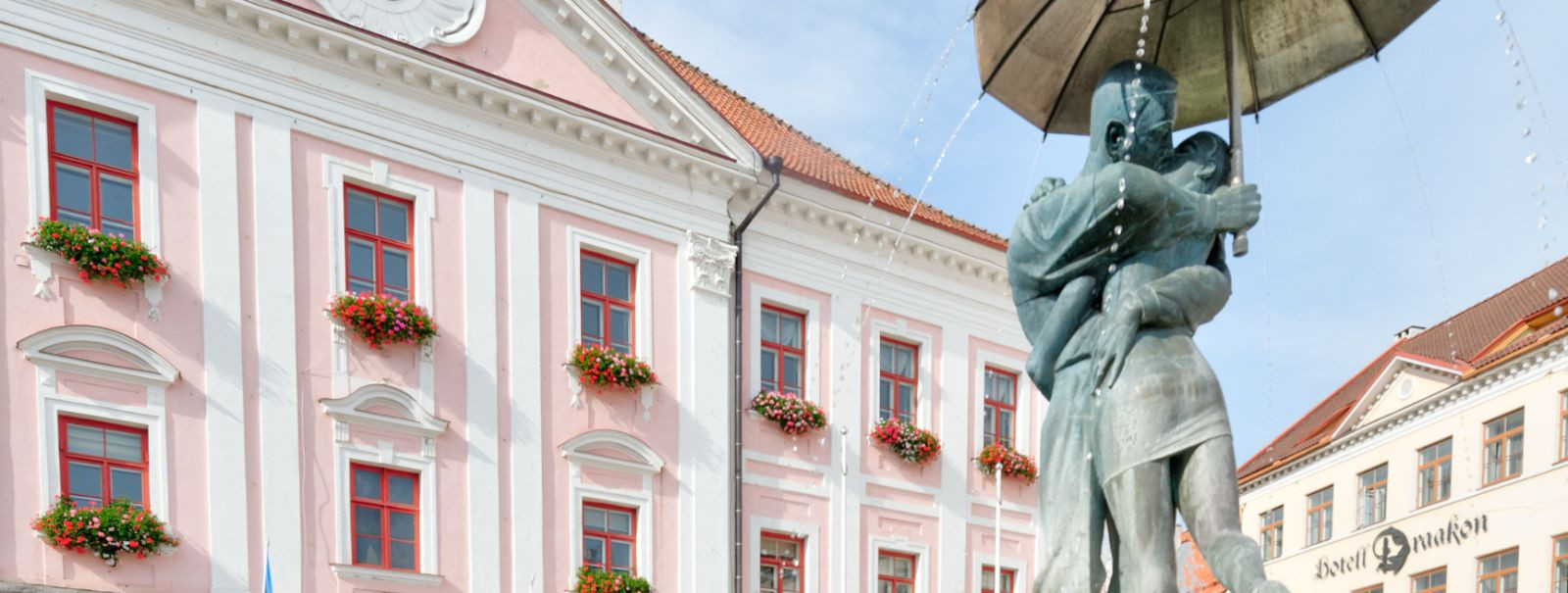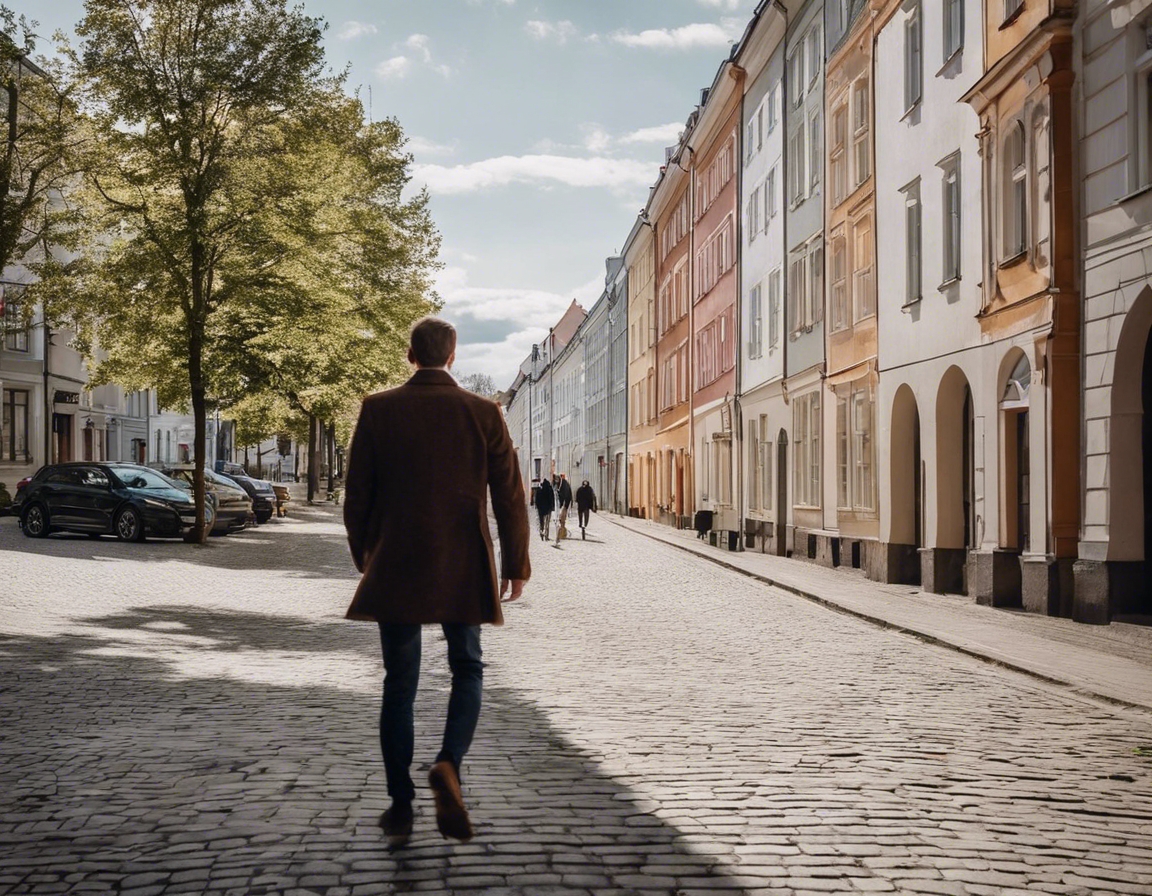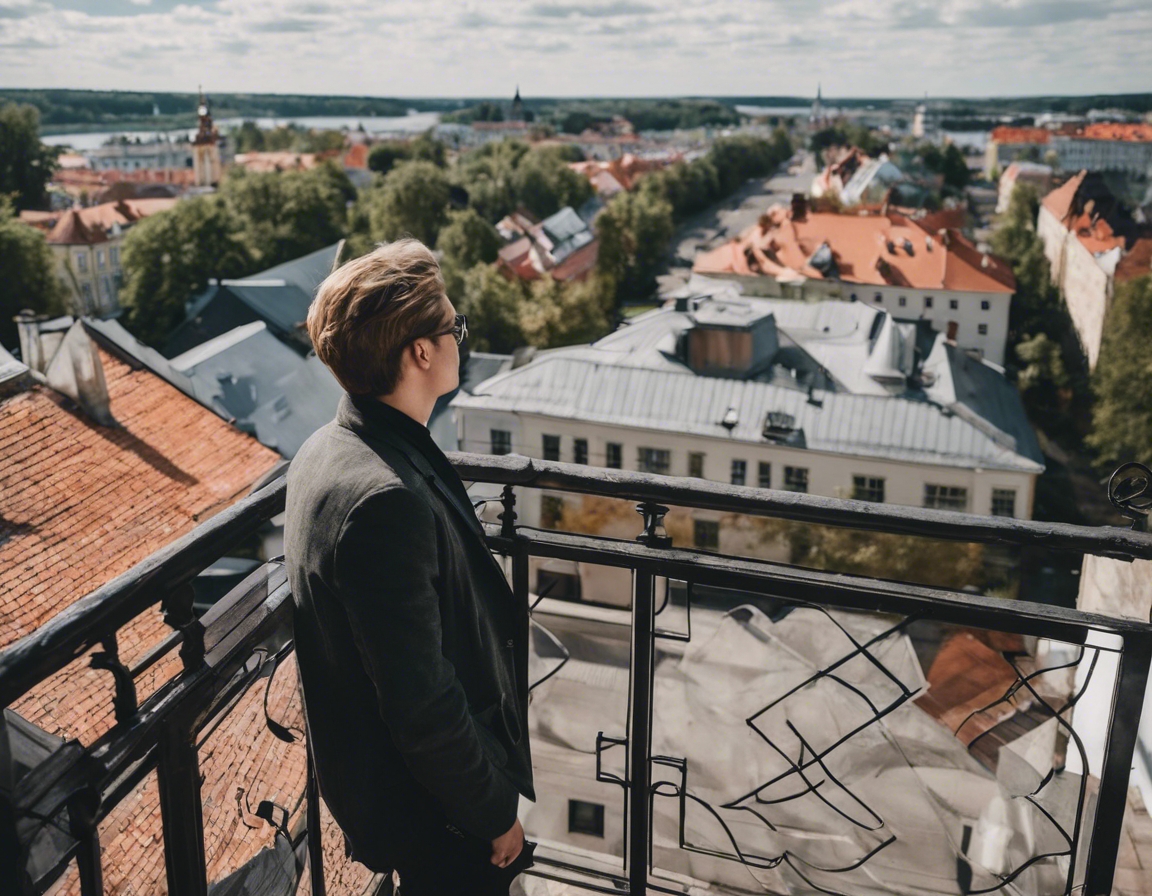The architectural evolution of tartu's skyline
Tartu, Estonia's second-largest city, is a place where history and culture converge, creating a rich tapestry of architectural styles. Known as the intellectual heart of Estonia, Tartu is home to the nation's oldest university and has been a hub of academic and spiritual life for centuries. This has profoundly influenced the city's architectural landscape, which tells the story of its diverse past.
From medieval fortifications to modern high-rises, Tartu's skyline has evolved significantly over the years. This evolution reflects various historical periods, each leaving its mark on the city's fabric. The architectural journey of Tartu is a testament to its resilience and ability to adapt to changing times.
The Foundations: Tartu's Early Architecture
The earliest structures in Tartu date back to the 13th century when the city was a significant trade center in the Hanseatic League. The remnants of stone fortifications and religious buildings from this era still stand, showcasing the Gothic style that was prevalent across Europe.
Germanic influence on Tartu's architecture is undeniable, with many buildings reflecting the styles brought by German knights and merchants. This influence is particularly evident in the Old Town, where the streets are lined with buildings that exhibit a blend of Gothic, Renaissance, and Baroque elements.
The Tsarist Influence: 18th and 19th Century Developments
As Tartu came under Russian rule, the city's architecture began to reflect the tastes of the Tsarist elite. Neoclassical buildings with grand columns and ornate facades became prominent, symbolizing power and prestige.
The late 19th and early 20th centuries saw a diversification in architectural styles. Eclecticism and Art Nouveau made their way into Tartu, with buildings displaying intricate details, curved lines, and organic forms, adding a new layer of visual interest to the city's skyline.
Interwar Modernism and Functionalism
Following Estonia's independence in 1918, Tartu embraced Modernism and Functionalism. Architects sought to break from past styles, creating buildings that were minimalist, functional, and reflective of the progressive spirit of the time.
Notable examples from this period include the University of Tartu's main building and the Vanemuine Theatre, both of which exemplify the clean lines and practicality of Modernist architecture.
Soviet Era: The Imposition of Socialist Realism
After World War II, Tartu, like many cities in the Soviet Union, underwent extensive reconstruction. The architectural style shifted towards Socialist Realism, characterized by monumental, symmetrical buildings intended to convey the ideals of the Soviet state.
In the later years of the Soviet era, Brutalism emerged as a significant force in Tartu's architectural scene. This style, known for its raw concrete surfaces and massive forms, can be seen in several residential and public buildings throughout the city.
Post-Soviet Revival and Contemporary Developments
With the fall of the Soviet Union, Tartu experienced a revival in architectural innovation. Contemporary designs that prioritize functionality and aesthetics have become increasingly common, with a focus on integrating new structures into the existing urban landscape.
Today, Tartu is witnessing a shift towards sustainable architecture. Green roofs, energy-efficient materials, and eco-friendly practices are being incorporated into new developments, reflecting a commitment to environmental responsibility.
The Future Skyline: Tartu's Architectural Prospects
As Tartu continues to grow, the skyline is set to include innovative projects that blend tradition with modernity. These developments promise to enhance the city's character while meeting the demands of its residents and visitors.
The use of cutting-edge technology and innovative design principles is poised to play a crucial role in shaping Tartu's future skyline. Smart buildings, adaptive reuse of historic structures, and the integration of public spaces are just a few of the trends that will define the next chapter in Tartu's architectural evolution.






Comments (0)